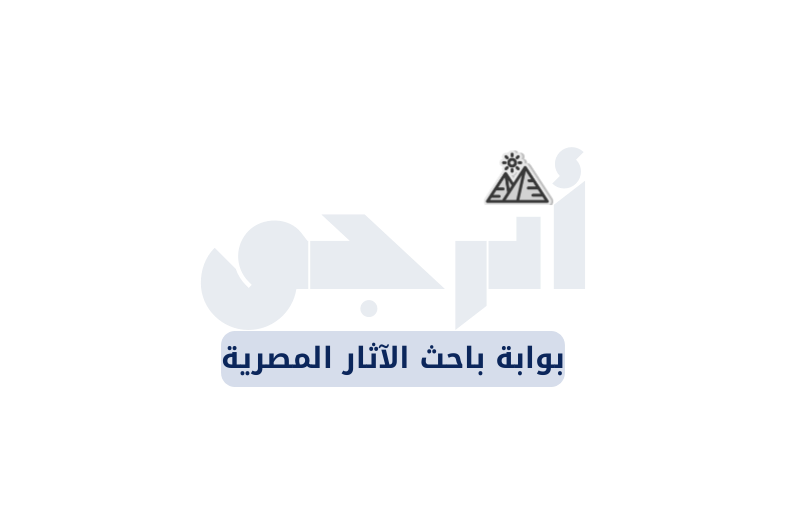نبذة عن الرسالة
اسم الباحث: هیام حافظ رواشعدد صفحات الرسالة: 27
نبذة عن محتوي الرسالة: أن النظر إلى الغالبیة العظمى من الأعیاد والمناسبات فى مصر القدیمة قد یشیر - للوهلة الأولى- إلى أن الحضور فیها کان قاصراً على الملک، ومُمثلى المعبودات، وکبار رجال الدولة، مع غیاب تصویر عامة الشعب. غیر أنه بتدقیق النظر فى بعض هذه المناظر نلاحظ أن المصرى القدیم قد إستخدم الرمزیة فى تصویر عامة الشعب حال قیامهم بالمشارکة فى الأعیاد والمناسبات فى مصر القدیمة. والرمز الذى إستخدمه لذلک هو" طائر الزقزاق" او ما یُعرف بطائر الرخیتrxyt)) ذلک الطائر الذى یشکل العنصر الأساسى فى کتابه کلمة rxyt ، والتى تعنى فى اللغة المصریة القدیمة "عامه الشعب". وبالنظر إلى المناظر المختلفة التى صُوِّرت فیها طیور الرخیت کرمز لحضور الرعیة لبعض الأعیاد والمناسبات المختلفة نجد أنها قد مُثِّلت فى ثلاثة أوضاع رمزت هى الأخرى بدورها إلى معانٍ مختلفة، وهذه الأوضاع هى: 1- الرعیة ( rxyt ) فى وضع "التعبد والمدیح" "dwA" . 2- الرعیة ( rxyt ) فى وضع "الخضوع وإعلان البیعة للملک" " " wSd او swAS "" . 3- الرعیة ( rxyt ) فى وضع " التهلیل المصاحب بالرقص"
hnw" " Abstract: The first sight to the ancient Egyptian feasts and ceremonies gives the impression that the attendance in it was exclusive to the members of high class, while through consideration, we can deduce that the ancient Egyptian used the symbolism in illustration the attendance of common people in ancient Egyptian feasts and ceremonies. This employer symbol was the (rxyt) bird, the main element in the word which means "common people" in ancient Egyptian language
Through reviewing the scenes of illustration the attendance of common people in ancient Egyptian feasts and ceremonies; we note that the ancient Egyptian used the symbolism not only in illustration the attendance of common people but also in illustration their postures, they were illustrated in three symbolic postures as follows: 1-Common people in "worshipping and praising posture" dwA" 2- Common people in submission and homage posture " wSd or swAS "" 3- Common people in acclamation and dance posture" hnw"









0 مراجعة